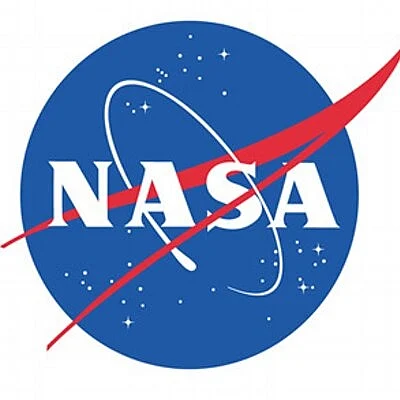Washington, March 1 (IANS) NASA's Curiosity rover has conducted a new drill method on Mars, marking the first operation of the rover's drill since a motor problem began acting up more than a year ago.This early test produced a hole about a one-centimetre deep at a target called Lake Orcadie -- not enough for a full scientific sample, but enough to validate that the new method works mechanically, NASA said on Wednesday. This was just the first in what will be a series of tests to determine how well the new drill method can collect samples. If this drill had achieved sufficient depth to collect a sample, the team would have begun testing a new sample delivery process, ultimately delivering to instruments inside the rover.Curiosity has used its drill to collect samples 15 times since landing in 2012. Then, in December of 2016, a key part of the drill stopped working. If the previous method was like a drill press, holding the drill bit steady as it extends into a surface, it is now more freehand. The rover is using its entire arm to push the drill forward, re-centering itself while taking measurements with a force sensor. That sensor was originally included to stop the rover's arm if it received a high-force jolt, NASA said.It now offers Curiosity a vital sense of touch, preventing the drill bit from drifting sideways too much and getting stuck in rock."We're now drilling on Mars more like the way you do at home," said Steven Lee, Deputy Project Manager at NASA's Jet Propulsion Laboratory, Pasadena, California. "Humans are pretty good at re-centering the drill, almost without thinking about it. Programming Curiosity to do this by itself was challenging -- especially when it wasn't designed to do that," Lee added.--IANSgb/vm
(This story was auto-published from a syndicated feed. No part of the story has been edited by The Quint.)
(At The Quint, we question everything. Play an active role in shaping our journalism by becoming a member today.)
